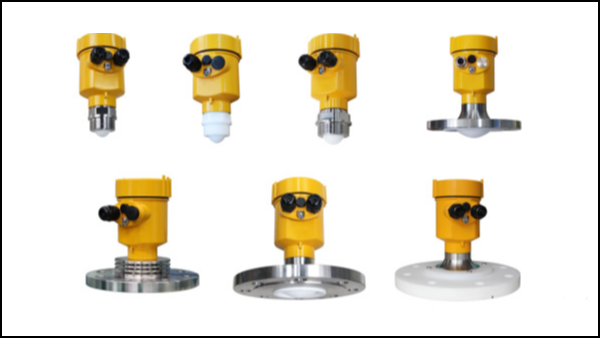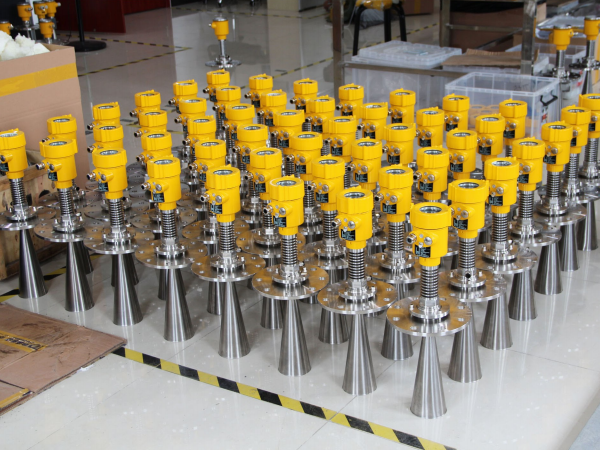Anhydrous ammonia is a chemical widely used in agriculture and industry, and its storage process needs to be closely monitored and controlled. When measuring anhydrous ammonia storage tanks, radar level meters are a commonly used measurement device. However, when using radar level meters for measurement, the following matters need to be taken into account to ensure safe and accurate measurement results.

First of all, choose the appropriate radar level meter, for the measurement needs of anhydrous ammonia storage tanks, you should choose the radar level meter suitable for this type of storage tank.
In particular, the chemical nature of anhydrous ammonia and special process conditions, such as high pressure, low temperature, etc. need to be taken into account.
Select the radar level meter with high-pressure and low-temperature adaptability to ensure reliable measurement results.
Secondly, it is crucial to understand the characteristics of anhydrous ammonia before measuring anhydrous ammonia storage tanks. For example, know its density, viscosity, temperature pressure, and other parameters.
These parameters will help to properly configure and calibrate the radar level meter, as well as correctly interpret the measurement results. Thirdly ensure proper installation and positioning.
When installing the radar level meter, make sure that it is positioned correctly in the upper part of the tank, so that it can accurately sense the level changes in the tank.
At the same time, it is necessary to avoid interference between the radar level meter and other equipment and piping in the tank, so as not to affect the accuracy of the measurement.

The fourth consideration is the reflective properties of anhydrous ammonia. Anhydrous ammonia has its own specific reflective properties for microwave signals, so you need to understand the reflective properties of anhydrous ammonia for signals when using radar-level meters.
Ensure that the measuring range and reflectivity of the radar level meter are suitable for the specific reflectivity of anhydrous ammonia in order to obtain accurate measurement results.
Fifthly, regular calibration and maintenance are required for the accuracy and reliability of the radar level meter. For measurements in anhydrous ammonia storage tanks, it is critical to calibrate regularly and address any anomalies in a timely manner.
The frequency of calibration and maintenance should be adjusted according to the actual situation and production process. Sixthly, pay attention to safety measures.
Anhydrous ammonia storage tanks are hazardous materials storage equipment, so the measurement process needs to follow strict safety procedures.
When installing, calibrating, and maintaining the radar level meter, wear personal protective equipment and pay attention to safe operation.
Ensure the safety of anhydrous ammonia storage tanks during operation, as well as prevent potential risks to personnel and the environment.

Measuring anhydrous ammonia storage tanks with radar level meters requires special attention to a number of things to ensure safety and accuracy.
From choosing the right equipment to understanding the properties of ammonia, to proper installation and positioning, as well as regular calibration and maintenance, all of these steps are key to ensuring a successful measurement.
At the same time, safety measures should always be observed during operation to ensure the safety of the tank and its surroundings.
